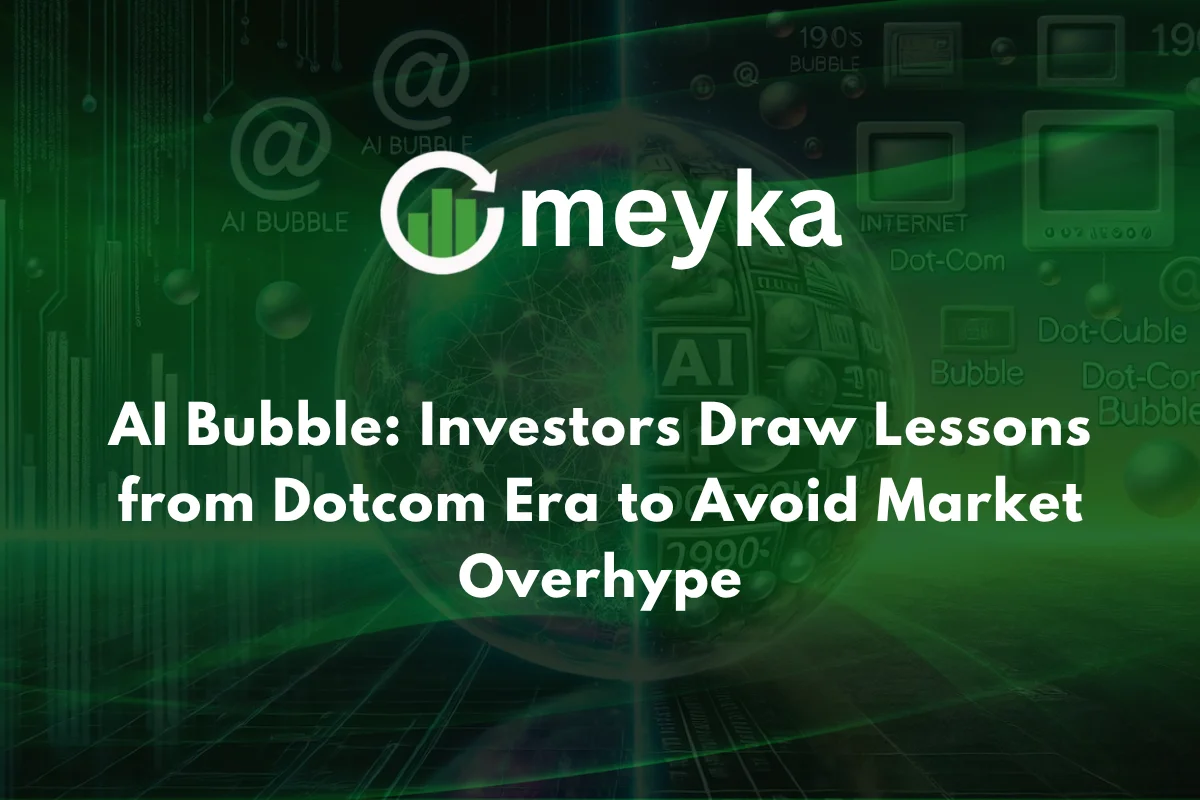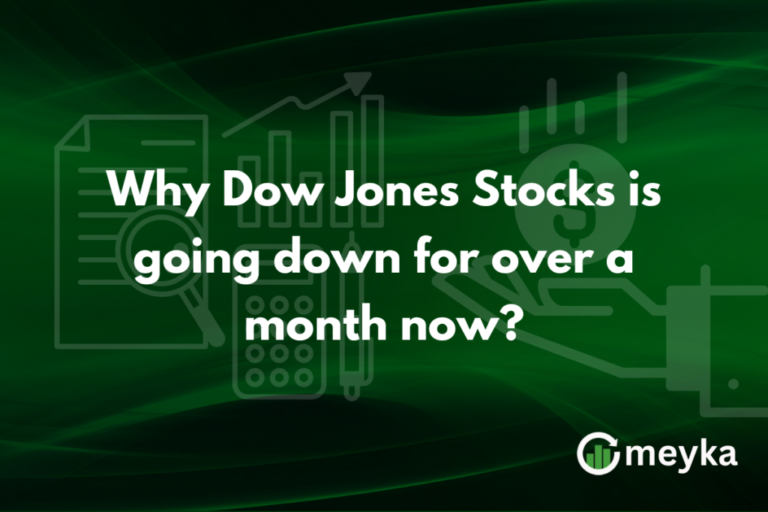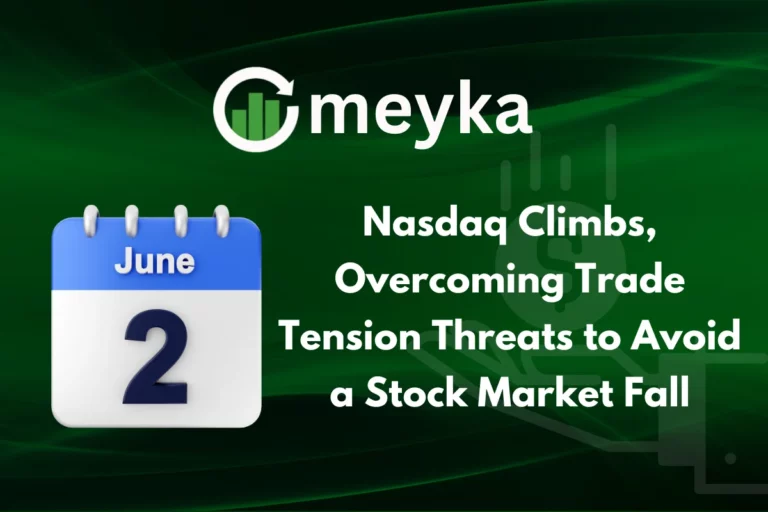AI Bubble: Investors Draw Lessons from Dot-com Era to Avoid Market Overhype
The term “AI bubble” is appearing more often in stock-market commentary as investors weigh the massive surge in AI stocks against the lessons of the 1990s internet boom. Many in the investment community are asking: Are we witnessing history repeat itself, or is this a new, more sustainable wave of innovation?
What is the AI Bubble?
When we talk about the “AI bubble,” we refer to the rapid rise in valuations of companies linked to artificial intelligence, whether infrastructure providers, chip makers, software firms, or platforms promising to harness generative AI. Much like the original dot-com era, the story of AI is one of huge optimism, rapid money flows, and high expectations for the future. For example, institutional commentary suggests the current narrative could carry “shades of the 2000 dot-com crash.” Tom’s Hardware
At the same time, it’s worth noting that some analysts argue the situation is different this time around, pointing to stronger fundamentals, real profits, and established business models.
Parallels with the Dot-com Bubble
There are clear echoes between the past and present:
- In the late 1990s, many internet companies were funded and traded on promise alone, often with little revenue or profit.
- Today, many AI-linked firms sport sky-high valuations and very large capital raisings, even when profitability remains elusive.
- Investor enthusiasm can drive valuations ahead of business reality. As one article puts it: “Narrative-driven markets can always create asymmetric risks.”
- In the dot-com era, the arriving crash left many high-profile companies permanently damaged, something investors are keen to avoid repeating.
These parallels do not guarantee that the current moment will end in a crash. But they act as useful warnings.
Key Lessons from the Dot-com Era for Today’s Investors
From what happened 25 years ago, a number of clear takeaways stand out. These are particularly relevant if you are doing stock research or looking at stock market investment in the AI space.
1. Focus on Real Business Fundamentals
Back in the dot-com era, many firms floated on the promise of “eyeballs” or “clicks” rather than profit. Today, it is more important than ever to assess whether a company has a clear path to revenue, margins, and sustainability.
2. Beware of Hype and the FOMO Trap
When everyone is chasing the same narrative, valuations can detach from reality. The dot-com crash was partly fueled by this. Likewise, in the AI era, chasing the biggest trending stocks without discipline may be risky.
3. Diversify and Avoid Concentration Risk
During the dot-com period, the top tech stocks weighed heavily in indices and thus in many portfolios. Today, the concentration of AI-heavy names may similarly increase risk if sentiment shifts.
4. Time Horizon Matters
Tech disruptions take time. Even though AI feels urgent, investor returns often depend on the medium to long-term rather than short-term fireworks. The dot-com era taught that early winners emerged only years after the hype.
5. Infrastructure and Enablers May Outperform Trend Companies
Historically, the biggest gains came not necessarily from the headline “dot-com” firms but from the infrastructure that enabled them. The same may apply for AI: companies building the foundation (chips, data centres, software platforms) may offer better resilience.
Why Some Say This Isn’t Just a Bubble
While the parallels are striking, it’s worth acknowledging reasons why the current AI wave may not collapse like the dot-com era.
- Many AI-linked companies now have solid revenue and profits, unlike many internet startups back then.
- The technology adoption curve may be faster and demand more widespread, meaning the market opportunity is larger.
- Investors and regulators are more aware of the risks, possibly making the market more mature than in 2000.
Nonetheless, awareness of risks remains important.
Practical Tips for Investors Navigating the AI Boom
If you are considering investing in the world of AI stocks, here are some actionable guidelines rooted in lessons from the past:
- Do your homework: Look beyond the buzzwords “AI,” “machine learning,” “neural networks.” Check the business model, cash flow, cost structure, and competition.
- Avoid overpaying: If a company’s valuation is based solely on future promise, and not current results, you may be buying into hype rather than value.
- Diversify your holdings: Don’t load up only on the biggest names in the AI narrative. Consider exposure to enabling firms or value stocks outside the main hype cycle.
- Don’t chase momentum blindly: When valuations spike rapidly, the risk of reversal increases. A disciplined exit plan or stop-loss mindset is sensible.
- Keep a long-term view: Leading companies may still emerge over the years, but short-term performance can be volatile. Patience may pay off more than speed.
What Could Trigger a Correction in the AI Bubble?
Some of the risk factors that could lead to market pull-back include:
- Weakening earnings: If many AI firms keep growing top-line but not profits, investor patience may wear thin.
- Over-investment in infrastructure: If data-centres, chips, or talent saturate and supply outweighs demand, margins could compress.
- Regulatory or ethical setbacks: AI brings new policy, privacy, and security risks; any major misstep could spook markets.
- Shift in sentiment: If the narrative changes and investors rotate away from hype toward value, many highly valued names may fall together.
While none of these guarantees a collapse, they signal where the bubble risk lies.
Conclusion
The current wave of AI investment and the phrase AI bubble may seem alarmist to some, but history reminds us that when a powerful narrative captures markets, risk control and discipline matter. By studying the dot-com bubble, investors in the stock market today can better position themselves to benefit from the innovation of AI without being blindsided by excessive hype. The promise of AI is real, but so are the pitfalls if valuations outrun fundamentals. The smartest path lies in being cautious, doing diligent stock research, and remembering that every big story eventually meets reality.
FAQs
The term AI bubble refers to the scenario where valuations of companies tied to artificial intelligence rise rapidly and potentially unsustainably, often driven more by hype or future promise than current earnings or solid business models.
The dot-com era offers lessons in what happens when excitement outpaces business fundamentals: overvaluation, high concentration risk, speculative investment. By comparing current conditions to that era, investors can identify red flags and avoid repeating mistakes.
Not at all. There are strong companies with real revenue, solid infrastructure roles, and long-term growth potential. However, distinguishing those from the speculative ones requires careful stock research and focusing on fundamentals rather than just narrative.
Disclaimer:
The content shared by Meyka AI PTY LTD is solely for research and informational purposes. Meyka is not a financial advisory service, and the information provided should not be considered investment or trading advice.






